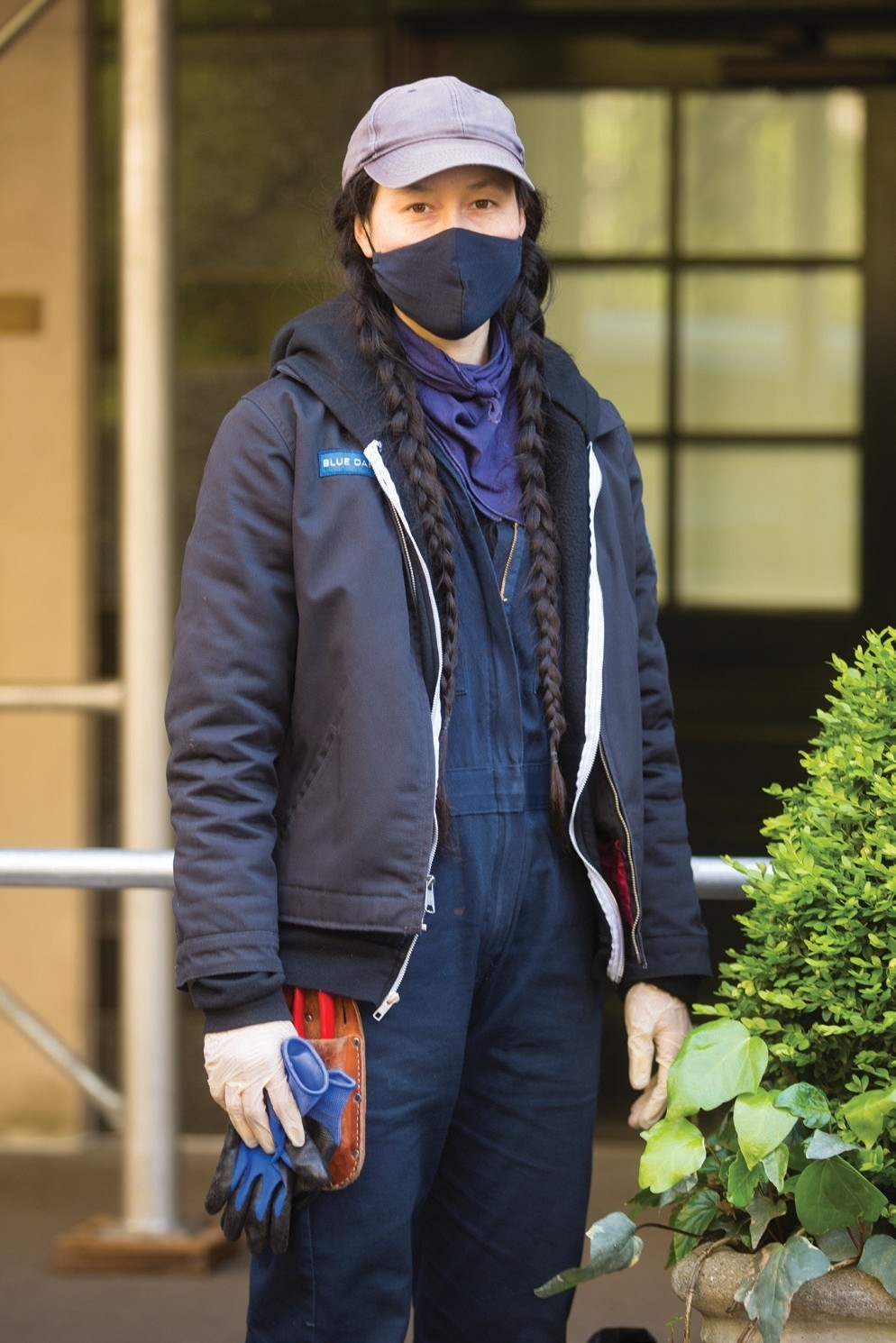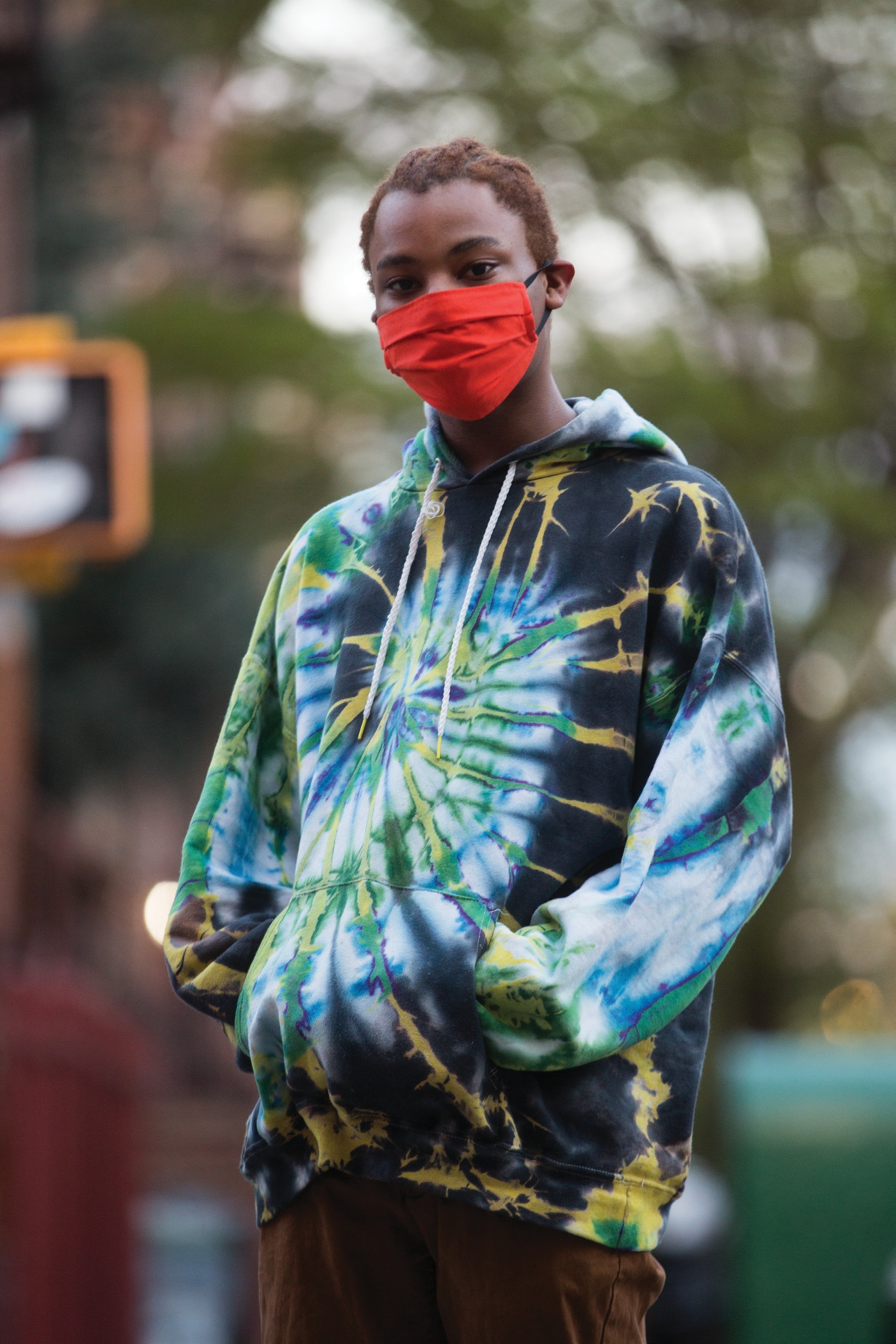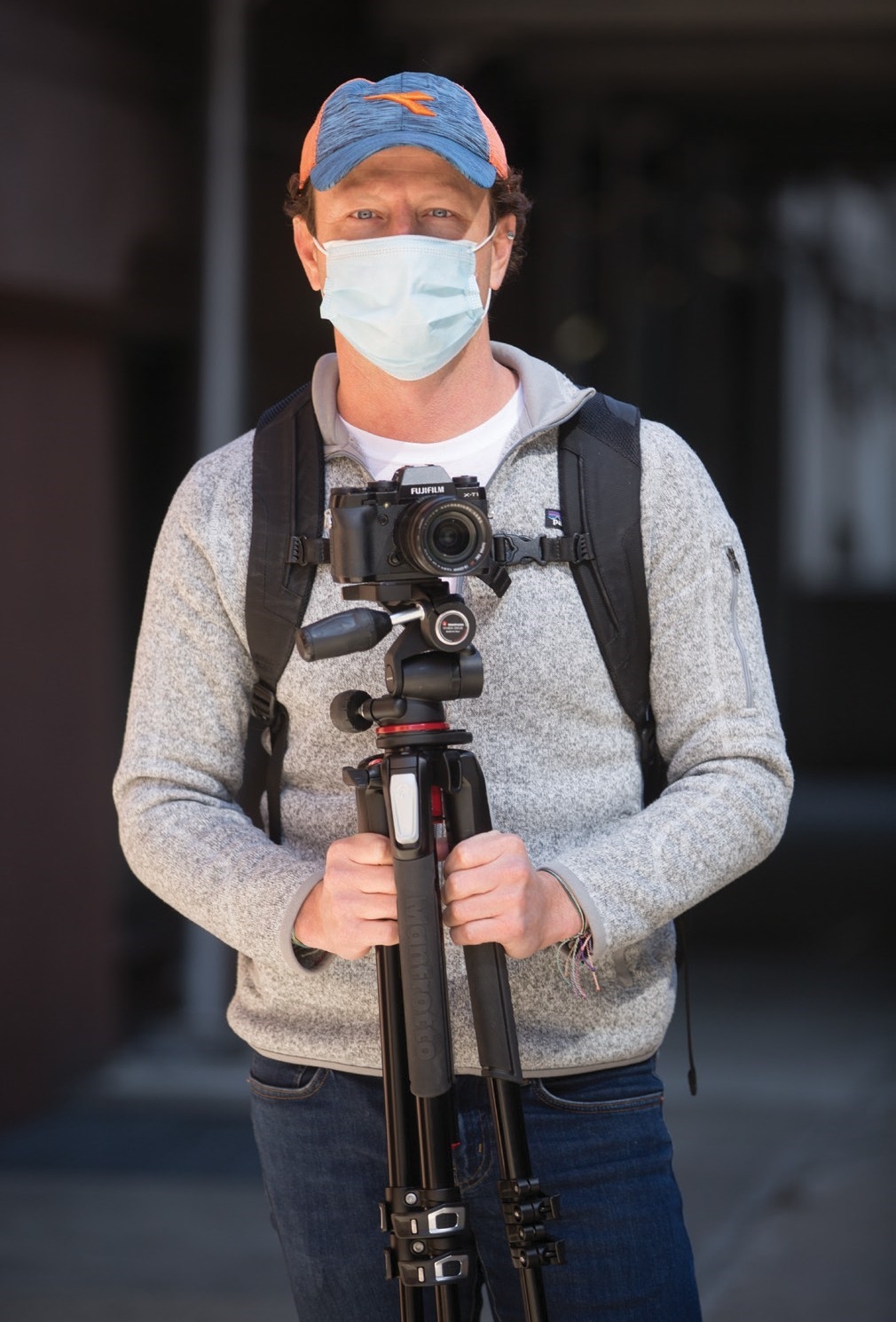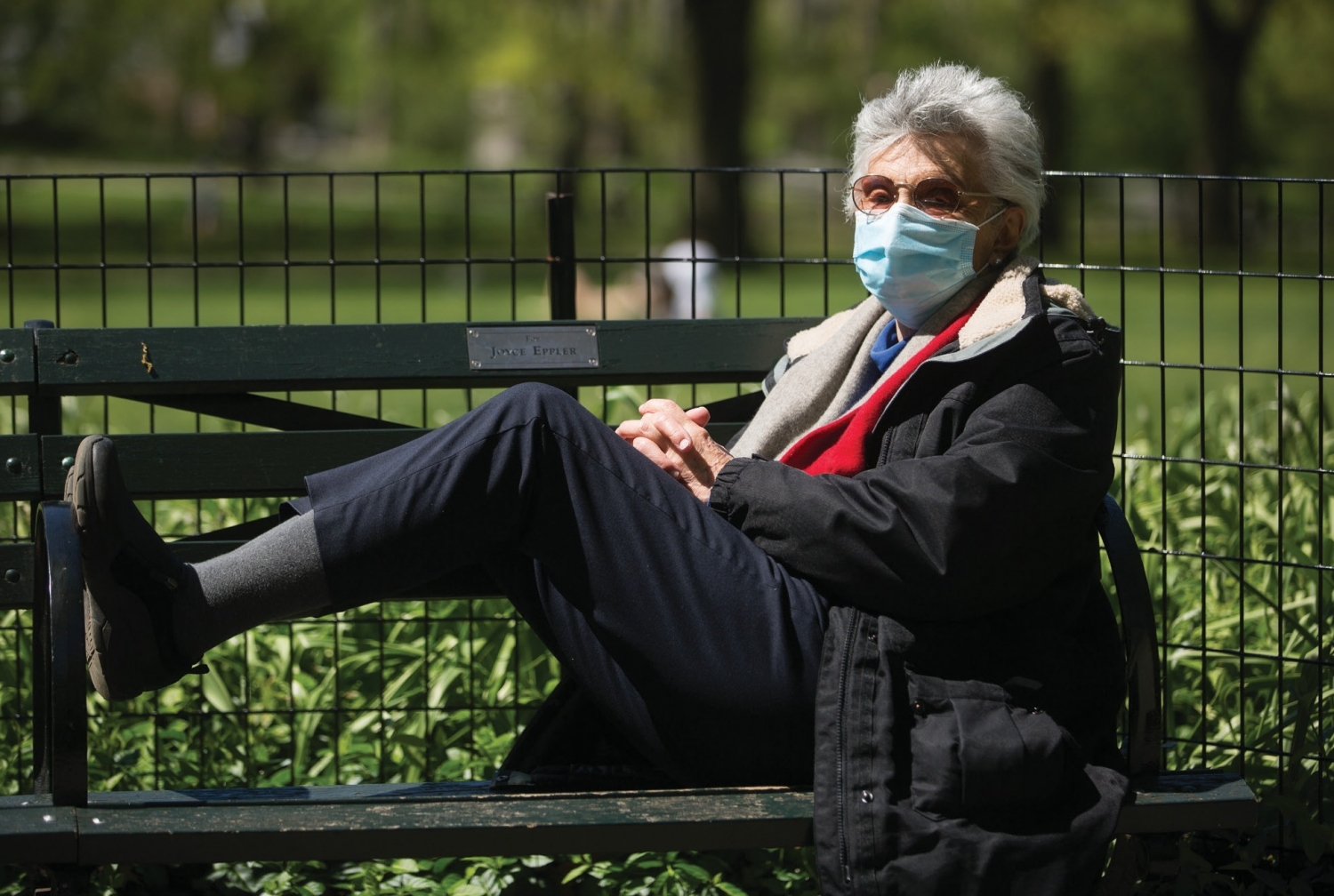Photos by Ashley Jones
Words by Tori Mumtaz
Until very recently, face masks were seldom seen in the United States outside of doctors’ offices, operating rooms and sometimes beauty salons. Now, because of the COVID-19 pandemic, the Centers for Disease Control and Prevention recommends wearing a mask or face covering in public, particularly in situations where social distancing is not possible. While face masks present an enormous cultural adjustment for many Americans, the challenge to read facial and other cues in unfamiliar ways is particularly striking in New York City, where residents typically learn to become expert in navigating close contact — and, sometimes, social interactions they’d rather avoid. In a city of 8.3 million people, social distancing is potentially challenging in any situation; even those stepping out of their apartments to stretch their legs might find the sidewalks too narrow to successfully stay at least six feet away from others.
Raw from the toll COVID-19 has taken on their neighbors and loved ones, New Yorkers have largely accepted this new way of inhabiting the city, and face masks are quickly becoming the norm on streets and in parks. As they make eye contact — a new habit for New Yorkers accustomed to avoiding it — mask wearers, despite their altered appearance, show solidarity and a sense of community and social responsibility that feels familiar, both from previous catastrophes that have befallen the city and the mundane inconveniences of life here.
Face coverings are undoubtedly an important aspect of preventing COVID-19 infection, but they also symbolize the wearer’s commitment to public health and safety. When living in such close quarters with others, it’s not difficult to understand how interdependent our health and wellbeing are.

SMILING EYES: Jordan Emont and Samantha Greissman on Fifth Avenue, wearing masks made by Greissman’s 17-year-old sister, the proceeds of which fund the purchase of personal protective equipment for healthcare workers.

Lisa Jaeggi gardening in a homemade mask on the Upper East Side

William Henderson (a Cornell undergrad) in Williamsburg, Brooklyn wearing a mask by a local designer

Documentary photographer Juan Delgado capturing New York during COVID-19
This story first appeared in Weill Cornell Medicine, Summer 2020

